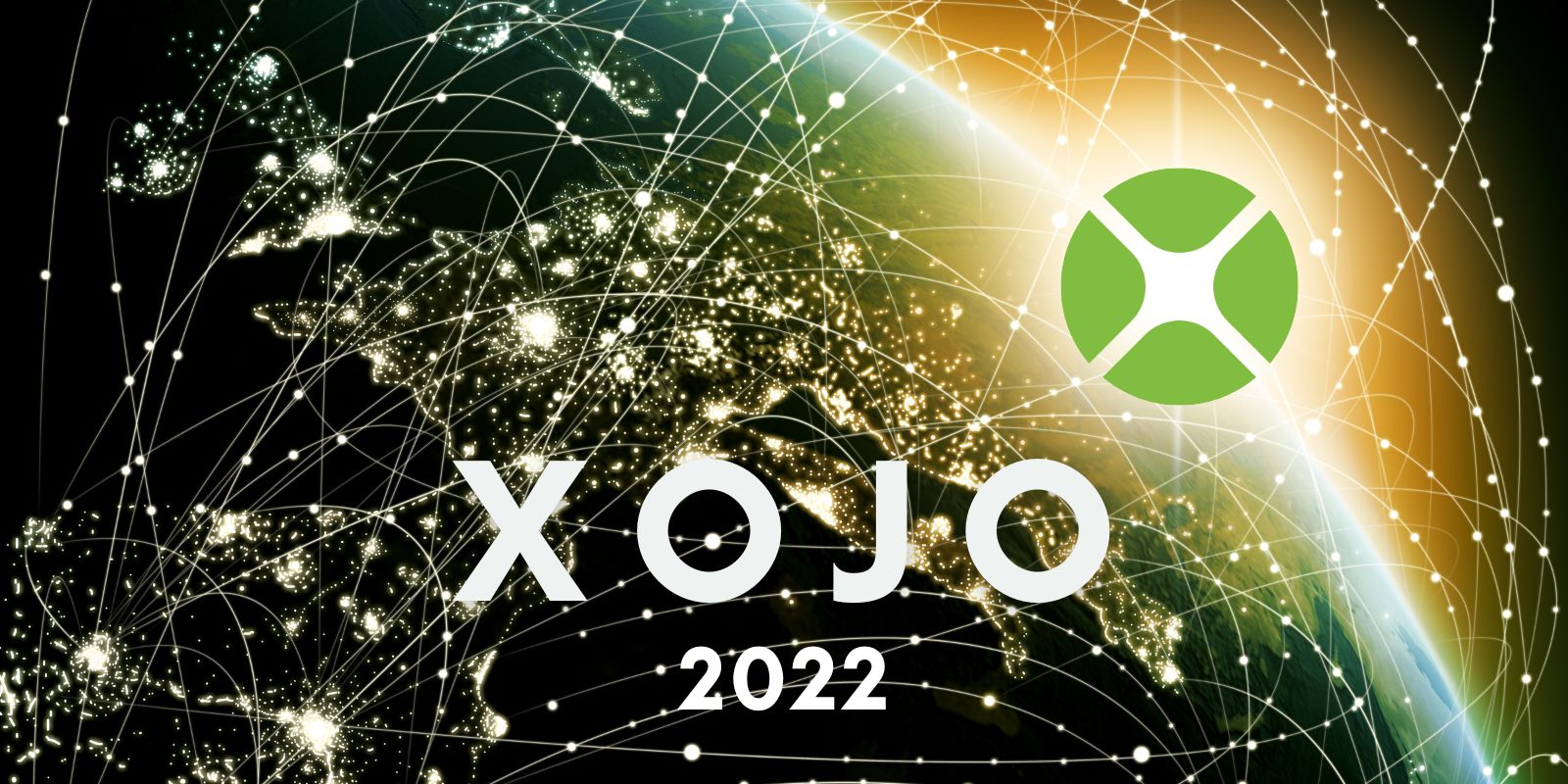Xojo 2022r3 included the ability to easily add tables to PDF documents created with Xojo. Now, starting with Xojo 2022r4, this feature has been improved so you can to merge the cells in table’s row! Additionally, you can now set a page’s upper and lower margins and get informed when the table has finished drawing itself. Continue reading to learn how to do all these things!
Comments closedTag: Xojo Programming Language
Starting with Xojo 2022r4 we’ve helped you clarify the minimum operating system needed for your compiled desktop apps to run on. You will be able to set the macOS minimum version required to run your compiled apps. Plus updated “Runs On” build settings for Windows 10/11 and Windows 7/8 compatibility. Continue reading to learn how!
Comments closedDoes anyone else feel like 2022 is the first year in many years where we have gotten back together, in-person, for big events, small get-togethers, travel and even the daily office grind? Whether that is the right thing to have done or not, it seems that is what many of us did in 2022. Though we all tried new things to stay connected over the past few years (Zoom-fatigue anyone?), there’s nothing like seeing an old friend after years apart.
Comments closedMany people around the world are celebrating the holidays by giving gifts, which means more and more people are organizing Secret Santa events. In November of 2018, Jérémie Leroy had the idea of making a Secret Santa iOS app. 3 years, 32 languages and 6.5 millions downloads later, Jérémie incorporated Xojo Web to improve his highly successful Xojo iOS app. Secret Santa is a prime example of what is possible and how you can leverage your Xojo skills to expand to other platforms when you need to.
Comments closedThe Xojo Developer Conference is coming to London! Join us April 26 – 28, 2023 at the Hilton London Euston for a 3-day conference. We’ll have a great lineup of sessions, plenty of opportunities to network and socialize, hands-on training, roundtable discussions and the opportunity to meet 1:1 with a Xojo engineer.
Comments closedLast week while traveling in London I hosted a Xojo meetup. This was a social event where local developers could meet, share ideas, ask questions and get to know each other. Fresh off the excitement from Nashville’s Xojo Developer Retreat in September, many of us who attended that were excited we got to see each other twice in such a short timeframe. We got a lot of great feedback, the most popular being that there is a lot of enthusiasm to finally host a London Xojo Developer Conference.
Comments closedStarting with Xojo 2022r3 importing Modules exported as Xojo code has been improved! When importing a Module it will carry all the related stuff hanging from the root Module, that includes everything you could expect from that operation.
Comments closedWeb Switch controls, you like them or you hate them. The functionality of a Switch control is so similar to a checkbox that we are going to actually “hack” one of them to make a super simple web switch control.
Comments closedI was having some fun with badges, trying to recreate a design. I’ve ended up writing a few extension methods to use them on almost any WebUIControl.
Comments closed
